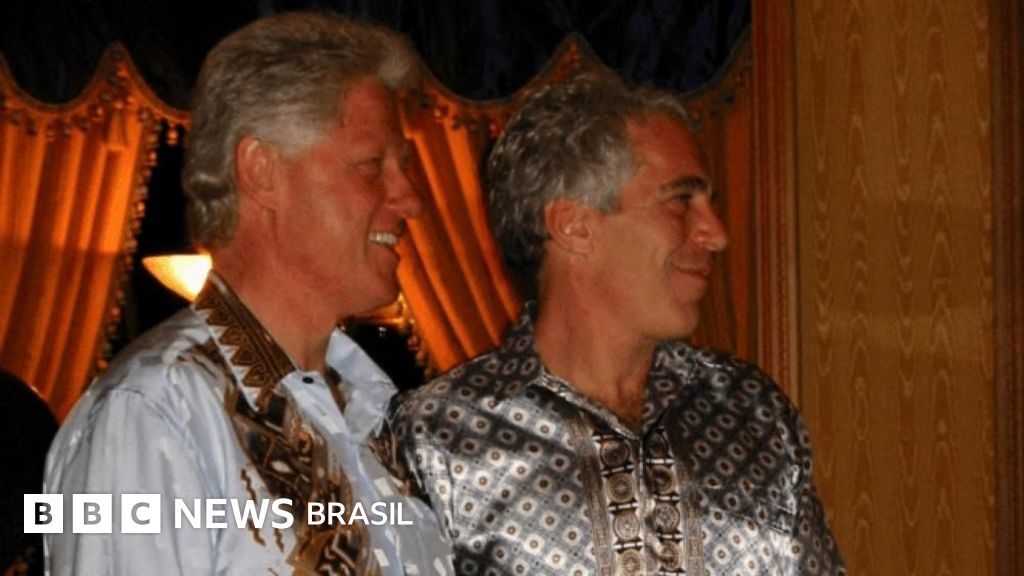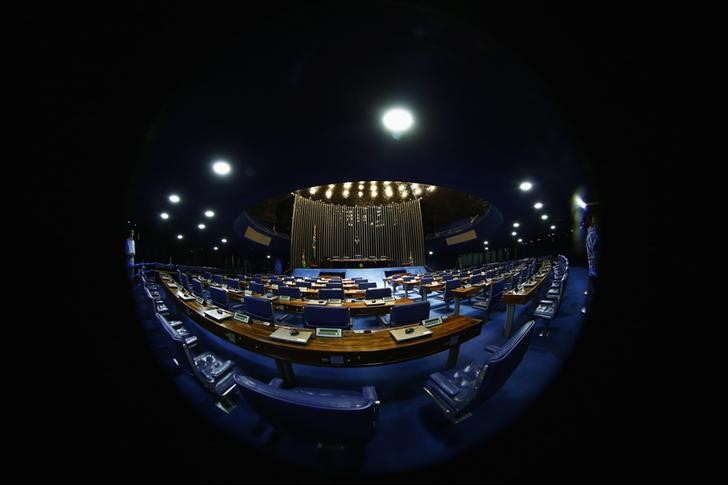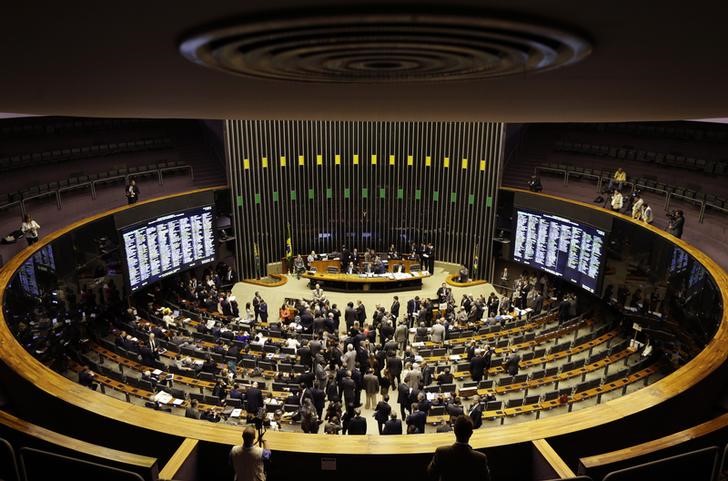One day after leaders of European and Arab nations, along with President Donald Trump, declared an end to the war in Gaza at an Egyptian peace summit, the Israeli government broke with terms of the ceasefire deal on Tuesday, killing at least seven Palestinians, many of whom were returning to their homes after months of displacement, and announcing it would restrict the amount of humanitarian aid into Gaza.
The agreement stipulated that Israel would halt all of its military operations and that the flow of aid would return to levels seen under the previous ceasefire, during which at least 600 aid trucks entered the territory each day. Despite this, Israel’s military carried out two strikes and COGAT, the military unit that controls shipments of aid into Gaza, told aid groups that it would limit deliveries to half the amount — 300 trucks daily — agreed upon in the deal. The Israeli government also said it would not reopen the Rafah crossing along the border of Egypt, a key avenue for the delivery of aid.
Israel carried out the attacks and restricted aid as it accused Hamas of failing to hand over the bodies of the remaining Israeli prisoners in a timely manner as promised in the ceasefire agreement. Within the 72 hours allotted in the deal, Hamas returned the 20 living Israeli prisoners, in exchange for about 2,000 Palestinian prisoners, many of whom were detained in Gaza during the war without charges. For the retrieval of the remains of the deceased detainees in Gaza, all sides, including Israel, had acknowledged it would take more time since many of the bodies are buried beneath rubble of buildings destroyed by Israel’s bombardment. According to Palestinian and United Nations estimates, 10,000 bodies remain buried beneath the 50 million tons of rubble from buildings leveled by Israel’s attacks. Some of the bodies are also believed to be within the nearly 60 percent of Gaza that remains under Israeli military occupation.
The implementation of the ceasefire, signed by both Israel and Hamas, spelled out such terms to deal with the logistical obstacles. The plan, published by Israeli media, called on Hamas and Israel to share information about the whereabouts of “any remaining deceased hostages that were not retrieved within the 72 hours.” The information would be shared through mediating countries and the International Committee of the Red Cross. “The mechanism shall ensure that the remains of all the hostages are fully and safely exhumed and released,” the plan said. “Hamas shall exert maximum effort to ensure the fulfillment of these commitments as soon as possible.”
The Red Cross, which is facilitating the transfer of remains, said the search for the bodies may take days or weeks.
Hamas has returned the bodies of eight individuals, according to the Red Cross and the Israeli government, while the search for 20 others continues.
While the ceasefire plan included exceptions for the return of bodies, no such exemptions existed for the resumption of delivering humanitarian aid.
Both the Red Cross and the United Nations blasted Israel’s decision to again limit aid into the territory.
While Palestinian American writer and foreign policy expert Tariq Kenny-Shawa expected Israel to violate the new ceasefire deal — as Israel repeatedly did during the first few months of a previous ceasefire before shattering it completely by killing more than 400 Palestinians in a single day — he didn’t expect it to happen so shortly after Trump’s tour of the region, which included a speech before Israel’s parliament.
“Israel knew that those technicalities existed,” Kenny-Shawa said, referring to the difficulty of locating the Israeli bodies amid the rubble. “And what they’re doing now is that they’re exploiting it in order to continue to genocide, albeit at a slightly reduced rate of killing.”
Experts worried the ceasefire deal was vague, allowing Israel leeway to resume attacks whenever it sees fit. They had pointed to Israel’s routine violations of its ceasefire agreement with Hezbollah in Lebanon, in which the Israeli military’s ongoing strikes have killed dozens of civilians.
On Tuesday, an Israeli drone strike killed at least six people who were inspecting their homes in a residential area of Gaza City. A separate Israeli drone strike killed another individual in the territory’s south outside of Khan Younis, according to Middle East Eye. And on Monday, Israeli soldiers killed a man, identified by state-sponsored news outlet Wafa as Khalid Barbakh, while he inspected his home in the downtown area of Khan Younis, reports said.
Israel’s far-right leadership is already suggesting future ceasefire violations. Over the weekend, Defense Minister Israel Katz said on social media that after the return of the Israeli prisoners, the military’s focus would be on “the destruction of all of Hamas’ terror tunnels in Gaza,” adding that he had “instructed the IDF to prepare for carrying out the mission.” He did not specify how such a mission would take place, but would likely require Israeli soldiers to re-occupy large swaths of Gaza’s cities.
For Ramy Abdu, chair of Euro-Mediterranean Human Rights Monitor, a watchdog that has tracked Israel’s targeting of civilians in Gaza, such attacks and aid restrictions are a part of Israel’s long-term plan to undermine the ceasefire so that it can continue to displace Palestinians from Gaza by further worsening their living conditions. Such efforts could set the stage for the economic redevelopment plan outlined in the deal, which largely excludes Palestinian involvement and promises foreign investment opportunities to “well-meaning international groups” that have already pitched “investment proposals and exciting development ideas.”
“The matter is not a ceasefire,” said Abdu, who is from Gaza and whose sister and her family were killed in May by an Israeli strike. “We are talking about a managed genocide, a managed forcible displacement.”
During the rollout of Trump’s plan for Gaza several weeks ago at the White House, Israeli Prime Minister Benjamin Netanyahu threatened further military action in Gaza if he deemed Hamas to be violating the deal. A major piece of the plan that is yet to be negotiated is the disarmament of Hamas. The militant and political group has previously said it would only surrender its weapons to a Palestinian-led government in Gaza.
But on Tuesday, Trump laid out his position with a threat of further violence, telling reporters at the White House, “If they don’t disarm, we will disarm them. And it will happen quickly, and perhaps violently.”
Such threats echoed those by Israeli’s far-right National Security Minister Itamar Ben-Gvir, who voted against the ceasefire deal last week. He urged Netanyahu to issue an ultimatum to Hamas that if it did not immediately return the remaining bodies of Israel captives, “we will immediately halt all aid supplies entering the Strip.”
Such a move would not only violate the ceasefire but exacerbate an already catastrophic level of starvation and famine throughout Gaza, which Israel has choked off from aid since March. Before the deal, images of Israel’s famine in Gaza had begun to change the tides of the international community’s view on Israel, further isolating the nation. As governments such as the European Union weigh whether to continue its push for sanctions against Israel, EU officials are reportedly watching how Israel handles the resumption of humanitarian aid flows into Gaza, according to Politico Europe. Over the weekend, the U.N. said “progress” has been made in Gaza, but called on more aid to be allowed in. Some hundreds of trucks have entered the territory over the past several days, still short of the necessary amount, according to aid groups, which are limited to movement through two crossings into Gaza.
“What Israel is trying to do is actually very strategic in the long-term,” Kenney-Shawa said. “They’ve signed this agreement that’s going to get their hostages back, but that will allow them to resume their strategic objectives of rendering Gaza uninhabitable and eventually leading to mass exodus … in a way that is palatable by the international community.”

 German (DE)
German (DE)  English (US)
English (US)  Spanish (ES)
Spanish (ES)  French (FR)
French (FR)  Hindi (IN)
Hindi (IN)  Italian (IT)
Italian (IT)  Portuguese (BR)
Portuguese (BR)  Russian (RU)
Russian (RU) 





:strip_icc()/i.s3.glbimg.com/v1/AUTH_59edd422c0c84a879bd37670ae4f538a/internal_photos/bs/2023/l/g/UvNZinRh2puy1SCdeg8w/cb1b14f2-970b-4f5c-a175-75a6c34ef729.jpg)










Comentários
Aproveite ao máximo as notícias fazendo login
Entrar Registro